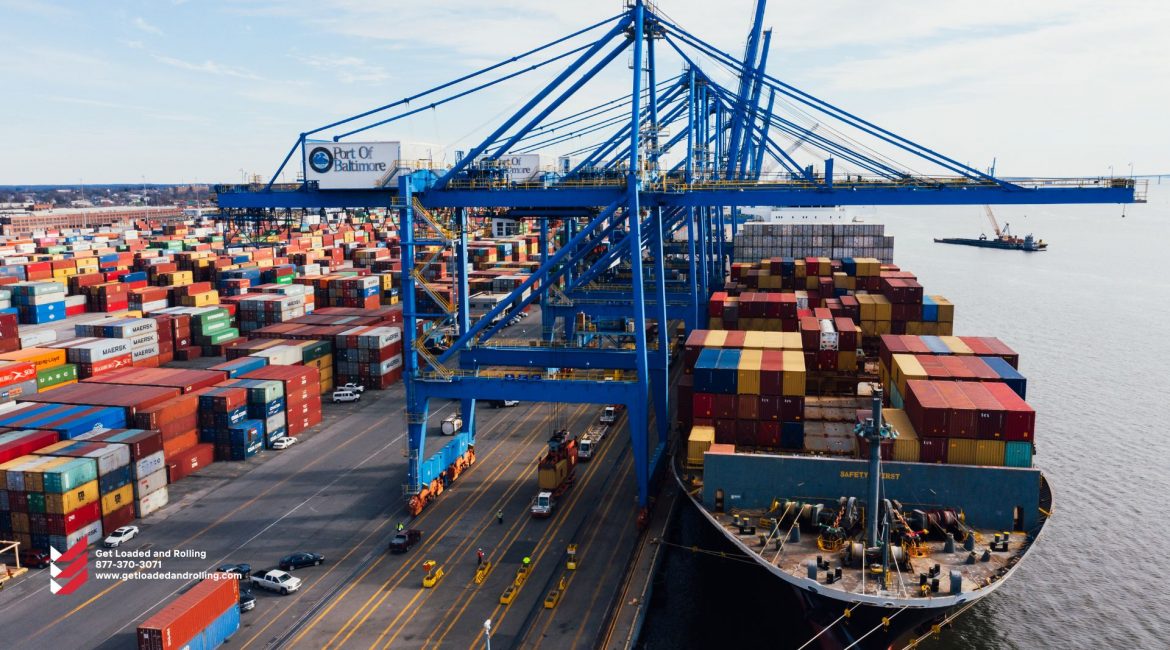The outlook for US imports appeared bleak in September when volumes fell by double digits year on year compared to August. If imports had continued to fall at the same rate as in September, they would have fallen below pre-COVID levels in October.
However, imports did not continue to fall in October, according to Descartes Datamyne data released Monday. Volumes were essentially flat in October compared to September. The return to pre-pandemic levels is occurring more gradually.
According to Descartes, U.S. ports handled 2,220,331 twenty-foot equivalent units of imports in October, which was virtually unchanged (up 0.2%) from the previous month. Volume was down 13% yearly but up 7.2% compared to October 2019, pre-COVID.
Savannah recovers while New York/New Jersey retreats.
The September drop was fueled by unusually large drops at the ports of Los Angeles, Long Beach, California, and Savannah, Georgia. Descartes reported much smaller month-on-month drops in October at the two California ports: 9,241 TEUs in Long Beach (down 2.7% compared to September) and 12,105 TEUs in Long Beach (down 3.9%).
Savannah was an outlier. The Hurricane Ian closure reduced September volumes by more than 20%. According to the most recent Descartes data, Savannah increased by 11,958 TEUs, or 5.3%, in October compared to September. (Descartes’ data is derived from customs filings; its numbers differ from the official port numbers released later each month.)
In addition to Savannah, Houston, Charleston, South Carolina, Oakland, California, and Seattle and Tacoma, Washington, all saw month-on-month increases.
The biggest surprise in the data was a significant drop for New York/New Jersey, which recently surpassed Los Angeles as America’s busiest container port. According to Descartes, imports into New York/New Jersey fell by 26,972 TEUs, or 6.3%, in October compared to September.
East Coast delays are still significant, but they are decreasing.
Due to concerns about West Coast port labor negotiations, shippers have shifted significant volumes to East and Gulf Coast ports. More than four months after the previous contract expired, a new one has yet to be negotiated.
This shift resulted in fewer vessels anchored or loitering offshore of West Coast ports and increased ships waiting off the other coasts.
According to American Shipper surveys of MarineTraffic ship-position data and port queue lists, the number of ships waiting off North American ports increased to around 150 in January before dropping below 100 in the spring as the Los Angeles/Long Beach queue cleared. It then recovered to more than 150 in late July, owing to queues off the East and Gulf coasts.
Queues have gradually cleared since then as inbound volumes have decreased. By mid-October, the total had dropped below 100. 87 ships were waiting as of Tuesday morning, with 14% off the West Coast and 86% of the East and Gulf coasts. That remains extremely high: Before COVID, the figure was in the single digits.
Descartes’s data on average port delays shows the same divergence between the coasts.
According to this data, average delays at the top five West Coast ports decreased by 40% between January and October. In comparison, average delays in the top ports on the other two coasts fell at half the rate — by 20% — during the same period.
